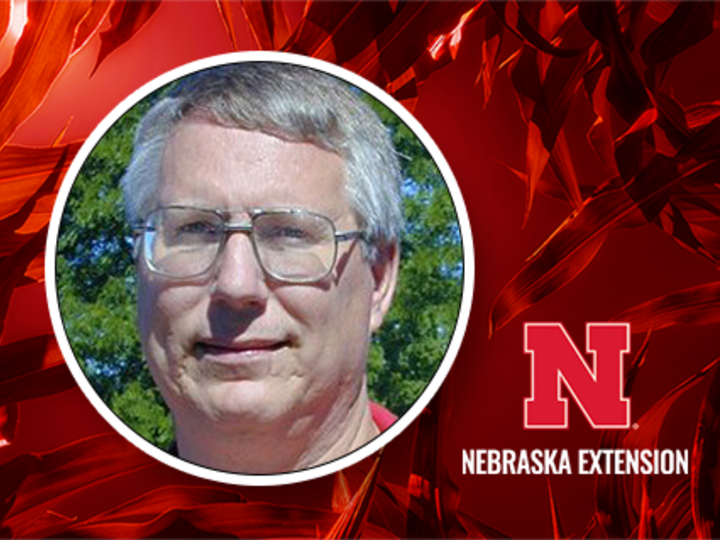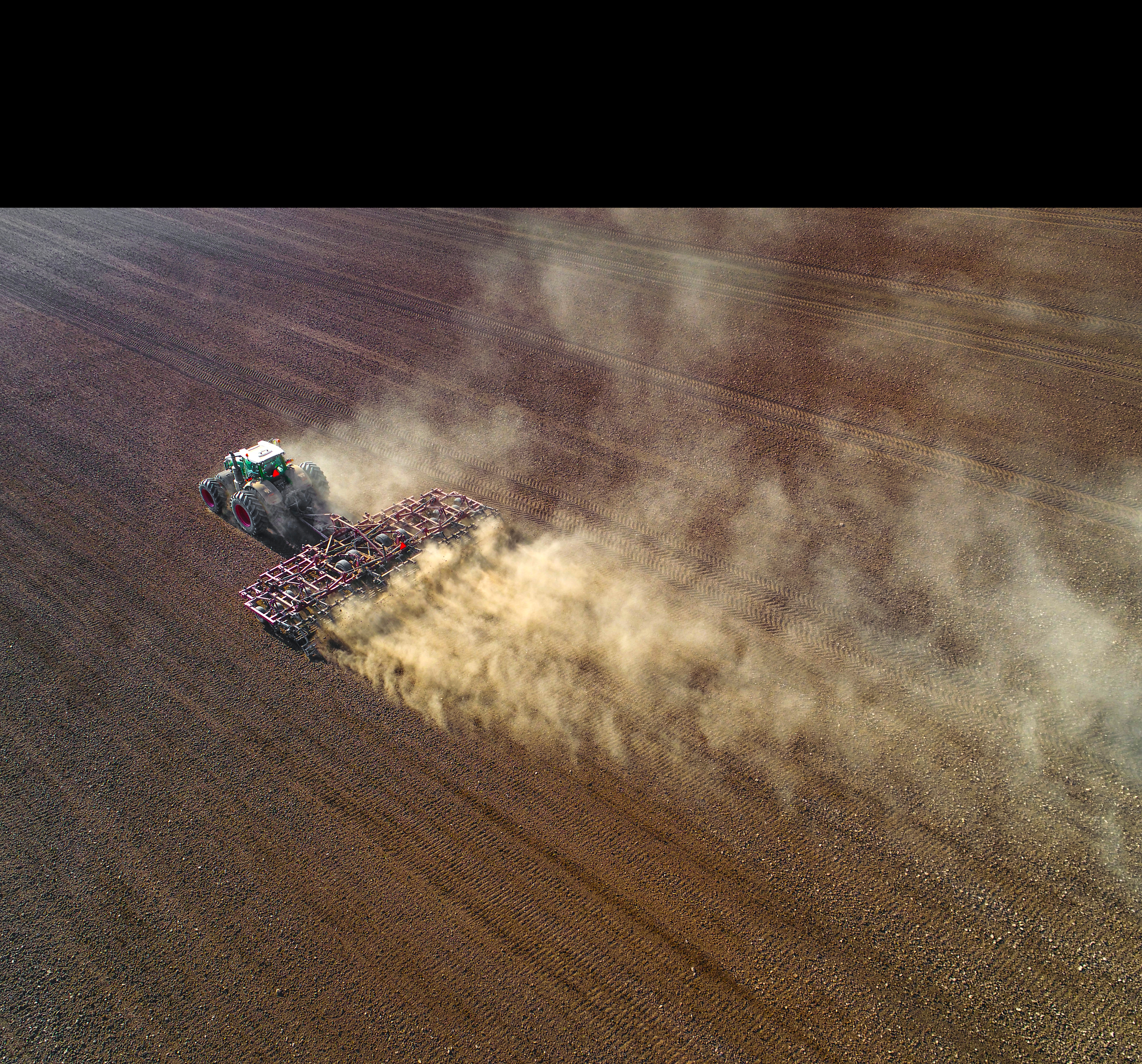There are at least five reasons to use strip-till. Without knowing why a producer wants or needs to strip till, they do not know which strip-till implement to purchase or how to operate it. There are huge differences between fall or spring operation, among crop rotations, for different slopes and soil types, for different rainfall amounts, and a host of other variables. Likewise there are differences on what the strip-till equipment looks like, how it handles the residue, how much tillage it does, and how much it firms the soil in the strips. Briefly discussed, the five reasons are:
1. To dry out wet soils
Typically done on flat, poorly drained soils that tend to be wet in the spring. This strip-till implement fluffs and aerates the soil, usually about 6-8 inches deep by 6-8 inches wide, and takes about 30 hp per row. Producers who have tried no-till and have not intensified their cropping system to use the water that no-till conserves may not like no-till. They use strip-till instead to dry out the excess water. The tillage to dry the soil destroys soil structure in the strip and may reduce crop standability. Rather than strip-till to reduce excess soil moisture, grow it out with a cover crop or intensify the cropping system to have something growing when the water is available.
2. To warm up cold soils by removing residue
This strip-till implement typically only removes the residue and does very shallow tillage, requiring only about 10 hp per row. Or it could be done by the planter with residue movers and spoked closing wheels to till the soil. This is related to drying the soil as a wet soil is colder because of heat required to heat both soil and water. However, if the soil structure is such that water near the soil surface can infiltrate AND the residue isn't matted down so that air can get down to the soil surface, the soil will usually warm up naturally without strip-till. During the heat of the summer, the cooler soil, with residue over the row, results in better rooting, standability, and water uptake. If used on sloping soils or HEL, strip-till will accelerate erosion as water will run in the tilled strips. Also, without the residue over the row, some strip-tillers have trouble with crusting.
3. For fertilizer placement
Proponents of strip-till say that the fertilizers can be placed exactly where the crops need them. While they are indexed below the row in strip-till, the nutrients should be throughout the entire soil profile as roots are everywhere. Building bands of fertility (on 30-inch centers with strip-till) doesn't make sense if drilled soybeans or wheat are in the rotation. Even with corn in 30-inch rows, the roots are across the whole row width, picking up nutrients and water from the entire soil profile. In any tillage system, nutrients can be indexed to the row with planters or drills during the seeding process to provide a starter or pop-up effect. The rest of the nutrients can be anywhere in the active root zone. Soil building fertilizer applications can be broadcast far cheaper and build the entire profile. Nitrogen is mobile in the soil water solution and can be placed anywhere, preferably below the surface residue.
4. To relieve soil compaction
If there is a root restricting layer because of years of tillage, a strip-till implement can cut through this layer and the new crop planted above the slot cut through the tillage pan. This requires more horsepower as the tillage pan is denser or deeper, typically 40 to 50 hp per row and sometime as high as 90 hp for deeper depths. However, once the pan is opened up, there is little reason to do it again (rent the machine since it may only be needed once). If upon digging, roots are found several feet into the soil and there isn't a root restricting layer, this ripping operation isn't needed. Tillage formed the soil compaction by destroying the soil structure. Strip-tilling destroys the soil structure as well and will eventually reform the compaction layer below the depth of the strip tillage operation.
5. To sleep better (at least some do)
Seriously. Some people are "afraid" of the residue in no-till and the fact that they spent some time in the tractor seat, burned some high priced fuel, and blackened some soil, they'll sleep better. Also, the crop comes up a little quicker when planted into the blackened strip, allowing them to see it sooner. Whether or not it yields more, they'll sleep better. However, producers don't get paid for how the crop looks in late May, but when the combine runs at harvest.

